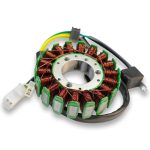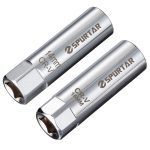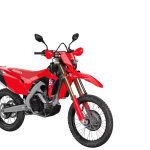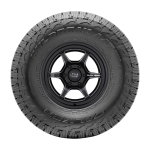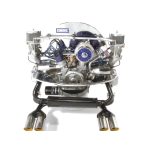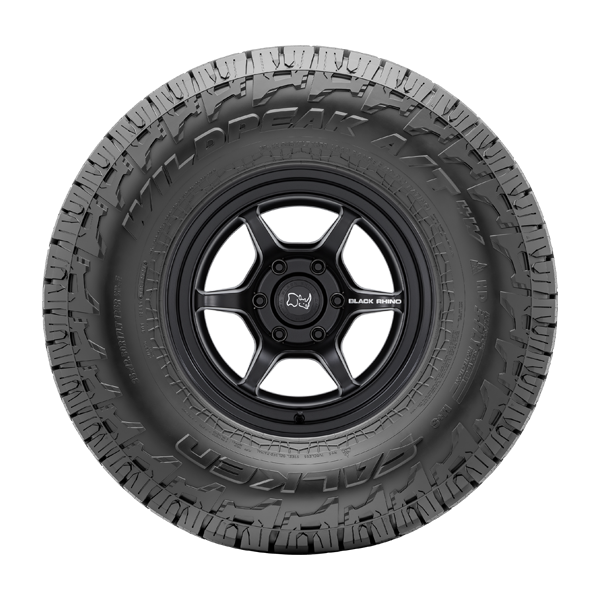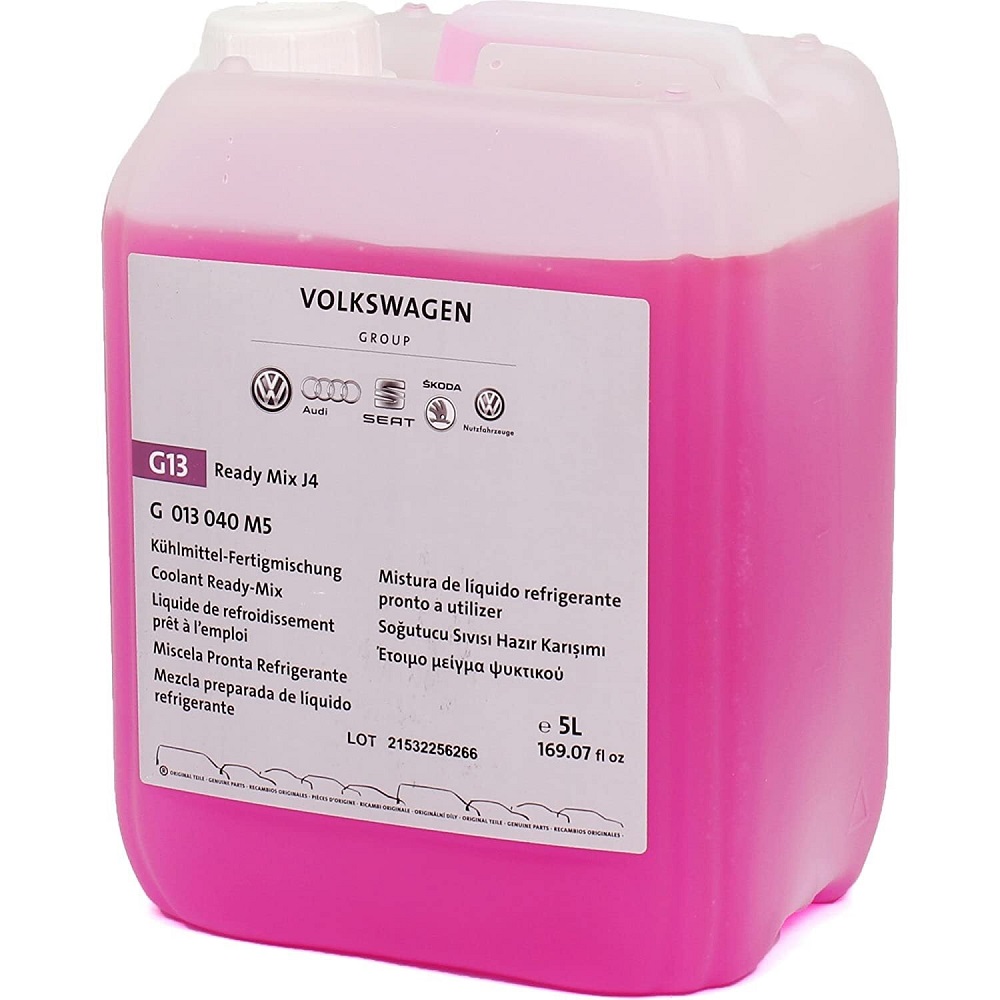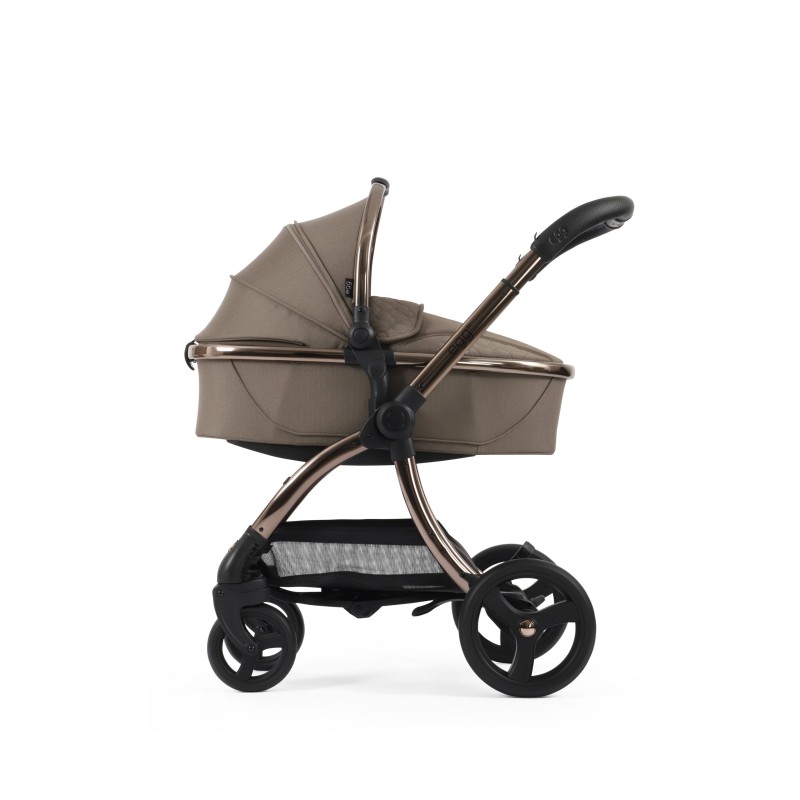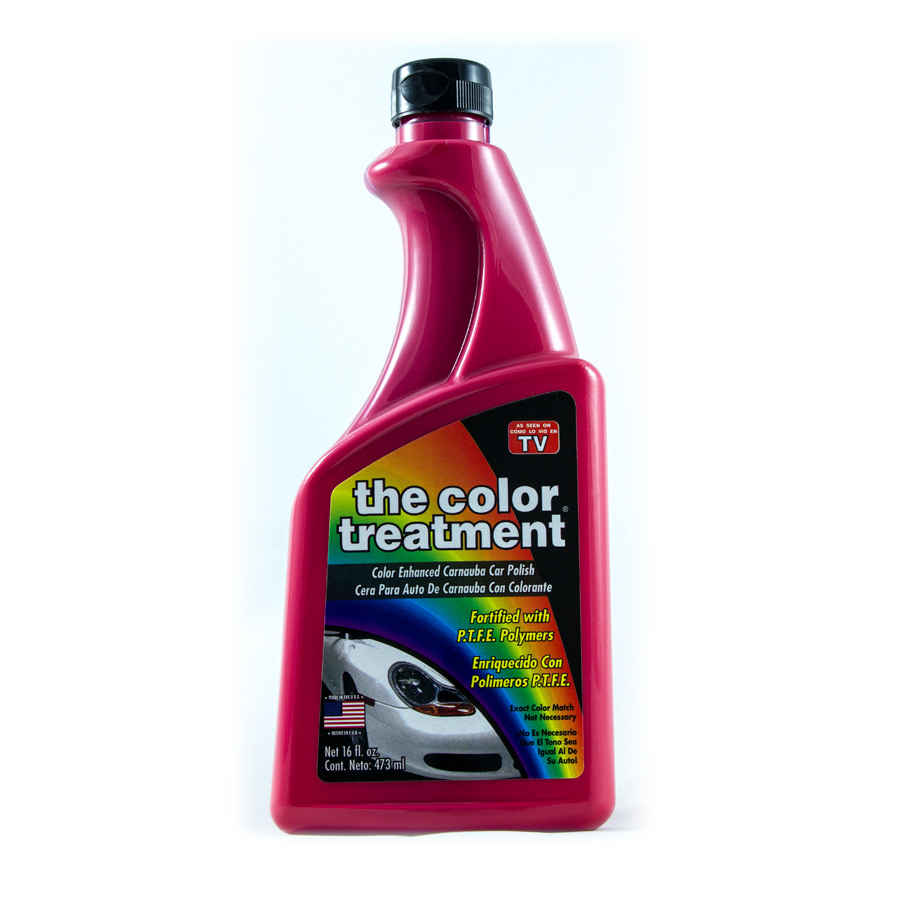Understanding Car Seat Types and Their Purposes
Selecting the right car seat is crucial for your child’s safety. Car seats come in various types, each designed for different stages of your child’s growth. It’s essential to understand these differences to make an informed decision.
Firstly, we have infant car seats, made exclusively for newborns and smaller babies. These are rear-facing and provide the best support for the baby’s head, neck, and spine. They are also portable, making it easier for parents to carry the baby without waking them.
The next type is the convertible car seat. This car seat adapts as your child grows. It can switch from rear-facing to forward-facing. It’s a great long-term solution for parents who want a car seat that will last through several developmental stages.
For older children, there are booster seats. These raise your child so the car’s seat belt fits properly. It’s the last seat a child uses before transitioning to using just the seat belt. Booster seats are for kids who have outgrown their forward-facing seats.
Finally, there are all-in-one car seats. They offer a wide range of adjustability, accommodating children from birth to booster seat age. These are an economical choice, as you won’t need to buy multiple car seats.
Each of these types serves a specific purpose, from providing the utmost safety to infants to ensuring that a toddler or older child’s seatbelt is properly positioned. Knowing how to pick a car seat that is right for your child’s current age and size is key. Always check that the car seat meets the latest safety standards and fits well in your car. Remember, what matters most is the comfort and protection of your little one as you hit the road.
The Importance of Car Seat Safety Standards in 2025
Car seat safety standards are vital for child protection on the road. In 2025, staying up-to-date with these standards is more important than ever. They ensure car seats perform well in collisions. They also contribute to the overall design that maximizes safety for children of different ages and sizes.
New regulations often come into play as technology advances. These may include enhanced side impact protection or stricter installation requirements. By following the latest standards, you ensure your car seat has the best safety features.
Manufacturers must test car seats rigorously before they reach the market. Tests mimic real-life crashes to check how car seats hold up. This process helps eliminate models that don’t meet the bar.
When you know how to pick a car seat, you look for labels showing compliance. In the U.S., look for labels confirming that the seat meets or exceeds the standards by the National Highway Traffic Safety Administration (NHTSA).
It’s also wise to check for recalls before purchasing a new seat. Recalls indicate a manufacturer has found a safety issue and is taking steps to fix it. Staying informed about recalls can prevent you from using a car seat with a known problem.
In 2025, car seat safety standards not only focus on crash protection. Standards also address the toxic chemicals in car seat materials. With children spending hours in their car seats, it’s important to avoid materials that could harm their health.
Lastly, remember that a car seat’s past performance is key. Choose brands known for following safety standards strictly. It will give you peace of mind whenever you’re on the road with your little one.
Selecting the Appropriate Car Seat for Your Child’s Age and Size
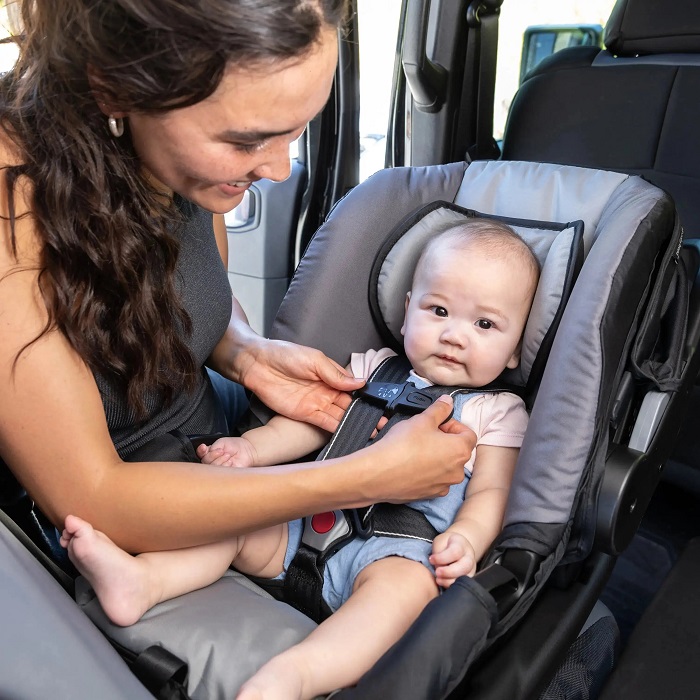
Knowing how to pick a car seat that accommodates your child’s age and size is paramount. As kids grow, their needs change, and so should their car seats. Here’s a simple breakdown to help you choose:
- For Newborns to Toddlers: They need an infant car seat. These are small and rear-facing. Check the weight and height limit to ensure it fits your baby.
- From Toddlers to Preschoolers: Convertible car seats are ideal. They can switch from rear-facing to forward-facing. Make sure it matches your child’s growing height and weight.
- For School-aged Children: It’s time for a booster seat. This will help the car’s seatbelt fit your child properly. Look for one that’s right for their specific size.
- Older Children Who Outgrow Boosters: They should use the car’s seat belt alone. The belt should fit snugly across the thighs and shoulder, not the neck.
Always measure your child’s height and weight before shopping for a car seat. Compare these measurements with the car seat’s specifications. If in doubt, consult the car seat’s manual or ask a professional. It’s essential not to rush to the next size or stage. Safety comes first and each step has its time.
Car seats come in a range of sizes and fit different stages of a child’s growth. Ensure you’re picking a car seat that not only fits your child but also adheres to the recommended practices for their current stage of development. The right seat provides the best protection and comfort for your child as they grow.
The Latest Innovations in Car Seat Technology
In 2025, car seat technology has made impressive strides in enhancing child safety and comfort. Here’s a look at the latest innovations revolutionizing how parents pick car seats.
- Smart Technology: Modern car seats come equipped with smart features. Sensors can alert you if your child unbuckles while you’re driving. Some models even have built-in temperature regulation to keep your child comfortable.
- Improved Impact Protection: Materials have evolved. Now we see car seats with advanced padding that absorb more force during a crash. Side-impact protection is also more robust, safeguarding little ones from all angles.
- Easy Installation Systems: The hassle of fitting a car seat is a thing of the past. Many seats now have simple, clear systems that ensure correct installation. Some use color-coded paths where belts need to go, or click-in bases that tell you when the seat is secure.
- Adjustment Simplified: Adjusting straps and seat size can be done with one hand or even automatically. This ensures your child fits snugly in their seat with minimal effort.
- Eco-Friendly Materials: Parents are more conscious of the environment and their child’s health. Car seats now boast non-toxic, recyclable materials without compromising on safety.
Incorporating these innovations not only provides the best safety features but also makes using the car seat convenient for parents. Remember to keep the ‘how to pick a car seat’ guidelines in mind, ensuring that these advanced features align with the right car seat type for your child’s age and size.
Installation Tips for Car Seats
Proper installation of car seats is critical for ensuring they function correctly during an accident. When looking at how to pick a car seat, understanding installation is as vital as selecting the right type. Here are some essential tips:
- Read the Manual: Before anything else, always read the car seat’s manual. It guides you through step-by-step installation.
- Use LATCH or Seat Belt: Most cars have the LATCH system. It makes installation easier and often more secure. If your car doesn’t have LATCH, use the seat belt to secure the car seat firmly.
- Check the Angle: For rear-facing car seats, it’s crucial the angle is correct. Many seats have built-in angle indicators or adjusters.
- Tightness Test: Once installed, the car seat shouldn’t move more than an inch side-to-side or front-to-back. Test by pulling at the base.
- Harness Properly: The harness should fit snugly, with the chest clip at armpit level. Make no extra slack.
- Seek Help if Needed: If you’re unsure, get your installation checked by a professional. Many fire departments and hospitals offer this service.
Car seat installation can be tough, but with the right approach, it ensures your child’s safety on the road. Remember these tips as you decide how to pick a car seat, and revisit them any time you need to re-install.
Car Seat Compatibility with Vehicles
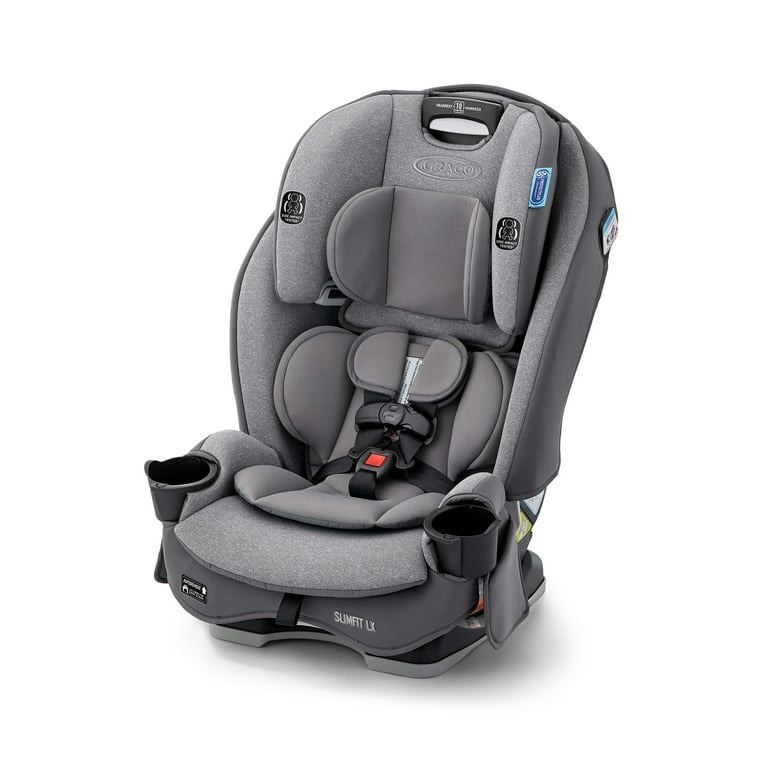
When delving into how to pick a car seat, considering the compatibility with your vehicle is essential. Not all car seats fit in all types of vehicles, and some car seats might be more suited to your car’s design and seat dimensions. Here are several aspects to bear in mind to ensure the car seat you choose can be properly installed and used in your vehicle.
- Check Your Car’s Manual: Your car’s manual should provide specifics about installing car seats. Look for information on the LATCH system and the position of tether anchors.
- Know Your Space: Measure the back seat to determine how much room is available for a car seat. This is key if you have a smaller car or need to fit multiple seats.
- Understand LATCH Limitations: The LATCH system has a weight limit. Once your child exceeds it, you’ll need to use the car’s seat belt for installation.
- Match the Seat Design: Some car seats are too wide or too bulky for certain cars. Ensure the one you select fits well on your car’s seat and doesn’t obstruct seat belt buckles or controls.
- Try Before You Buy: If possible, test the car seat in your vehicle before purchasing. This way, you can see how it fits and how easy it is to install.
- Check for Leveling: Proper leveling is important for safety. Some car seats have built-in level indicators that show if the seat is at the correct angle.
- Compatibility Features: Some modern car seats come with features that aid compatibility, like adjustable bases that can fit more snugly in diverse car seat shapes.
Keeping these points in mind helps ensure that the car seat is a good fit for your vehicle, which contributes significantly to the safety and comfort of your child on the road. Always prioritize a snug and secure installation as per the car seat manual, and your vehicle’s specifications.
Car Seat Maintenance and Longevity
Maintaining your car seat properly ensures its longevity and safety for your child. Keep in mind the following points when considering how to pick a car seat and maintain it over time:
- Regular Cleaning: Follow the manufacturer’s instructions to clean your car seat. Use gentle cleaners that won’t damage the car seat materials.
- Inspection Routine: Periodically inspect the car seat for any signs of wear and tear, such as frayed straps or cracks in the plastic.
- Avoid Second-hand Seats: Unless you know a car seat’s full history, it’s best to buy new. Unknown histories can hide past damages.
- Proper Storage: When not in use, store the car seat in a dry and cool place. Extreme temperatures can weaken the seat’s structure.
- Check Expiration Dates: Car seats have expiration dates. Typically, they last between 6 to 10 years. Do not use a car seat past its expiration date.
- Monitor for Recalls: Stay informed on recalls to ensure your car seat doesn’t have a defect. Register your car seat to get recall notifications.
- Update as Needed: If car seat safety standards change, consider upgrading your car seat to a model that complies with the new standards.
By taking care of your car seat and making sure it remains in good condition, you provide the safest environment for your child in the car. Regular maintenance and updates play a vital role in car seat safety, which is a key aspect of how to pick a car seat.
Where to Find Reliable Car Seat Reviews and Ratings
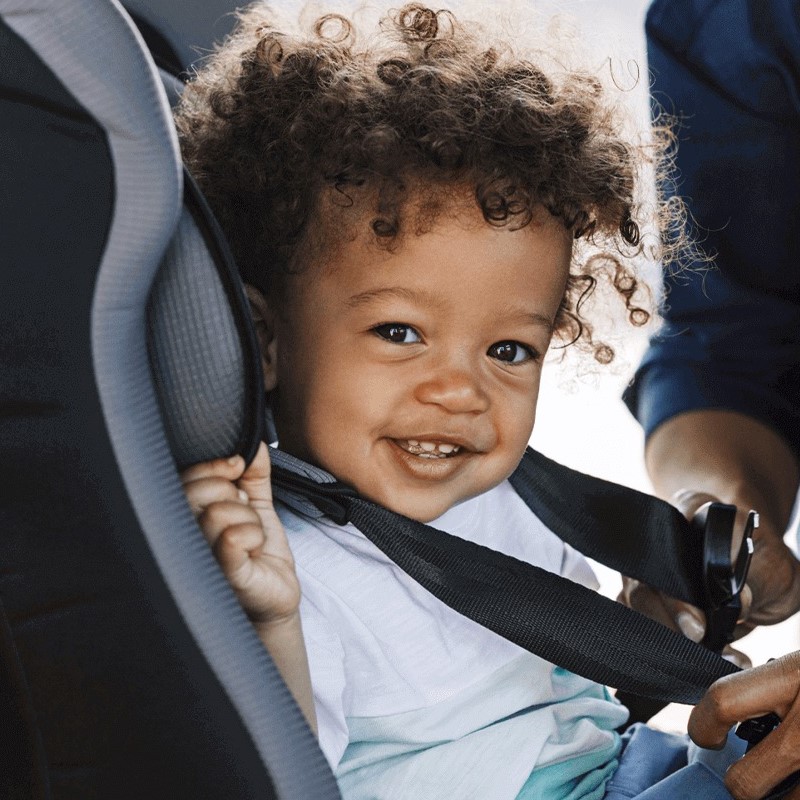
Finding trustworthy reviews and ratings for car seats is a vital step in learning how to pick a car seat. Parents can access various reliable resources to help them make informed decisions:
- Consumer Reports: This independent organization conducts thorough testing and provides detailed car seat reviews.
- National Highway Traffic Safety Administration (NHTSA): NHTSA offers safety ratings and ease-of-use evaluations for car seats.
- Parenting Forums and Blogs: Other parents often share their experiences and opinions about different car seats.
- Online Retailers: Websites like Amazon display customer reviews, which can provide real-world feedback.
- Social Media Groups: Many parents turn to social media platforms to discuss and recommend products.
- Manufacturer Websites: Checking the manufacturer’s site can yield useful information on their car seat models.
Remember, while these are helpful, always confirm the car seat meets current safety standards. Quality reviews should mention a car seat’s safety features, comfort, and ease of use. Read multiple sources to get a balanced view before making a purchase. Lastly, looking for recent reviews ensures the information aligns with the current safety norms and technologies.
